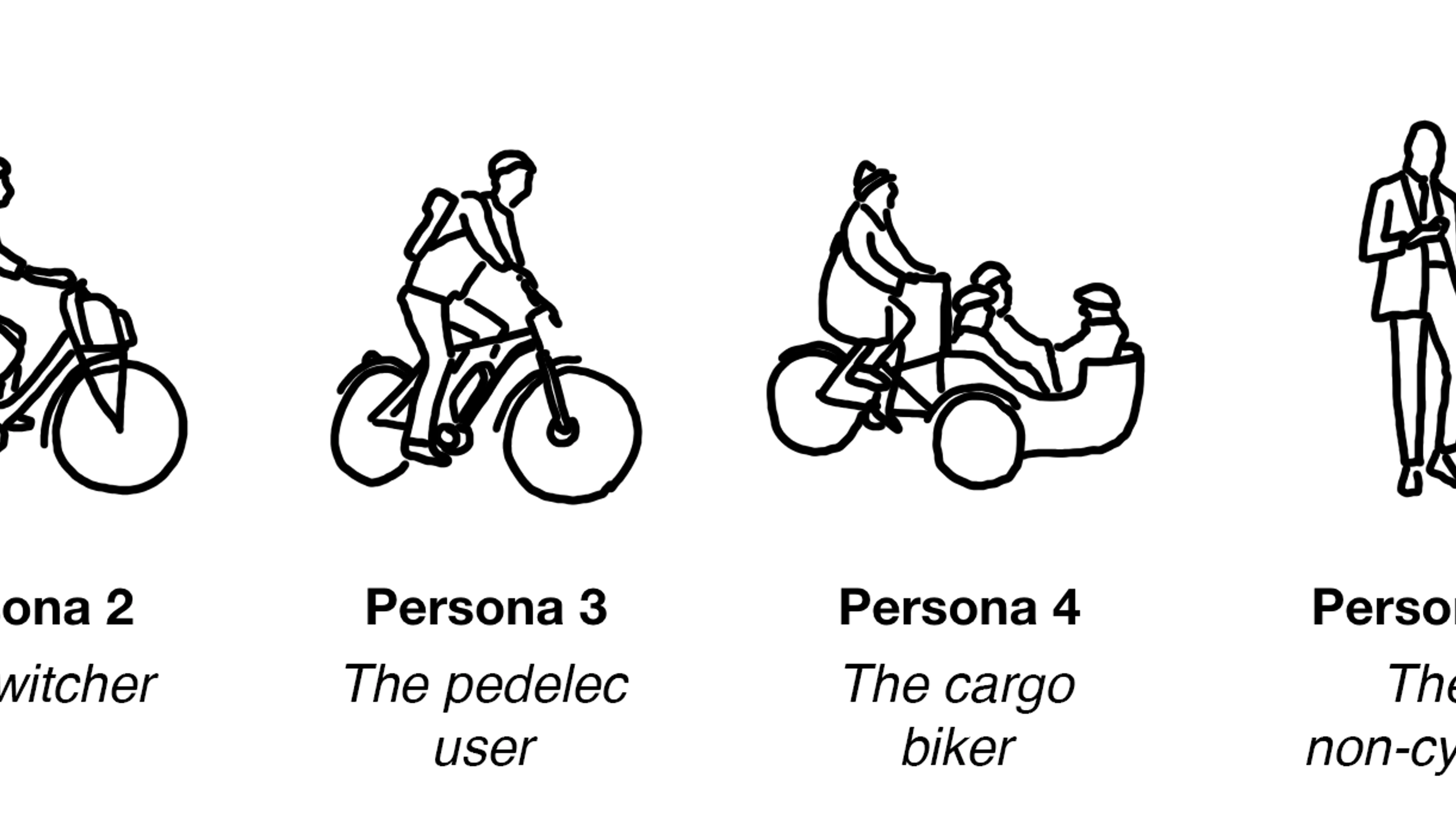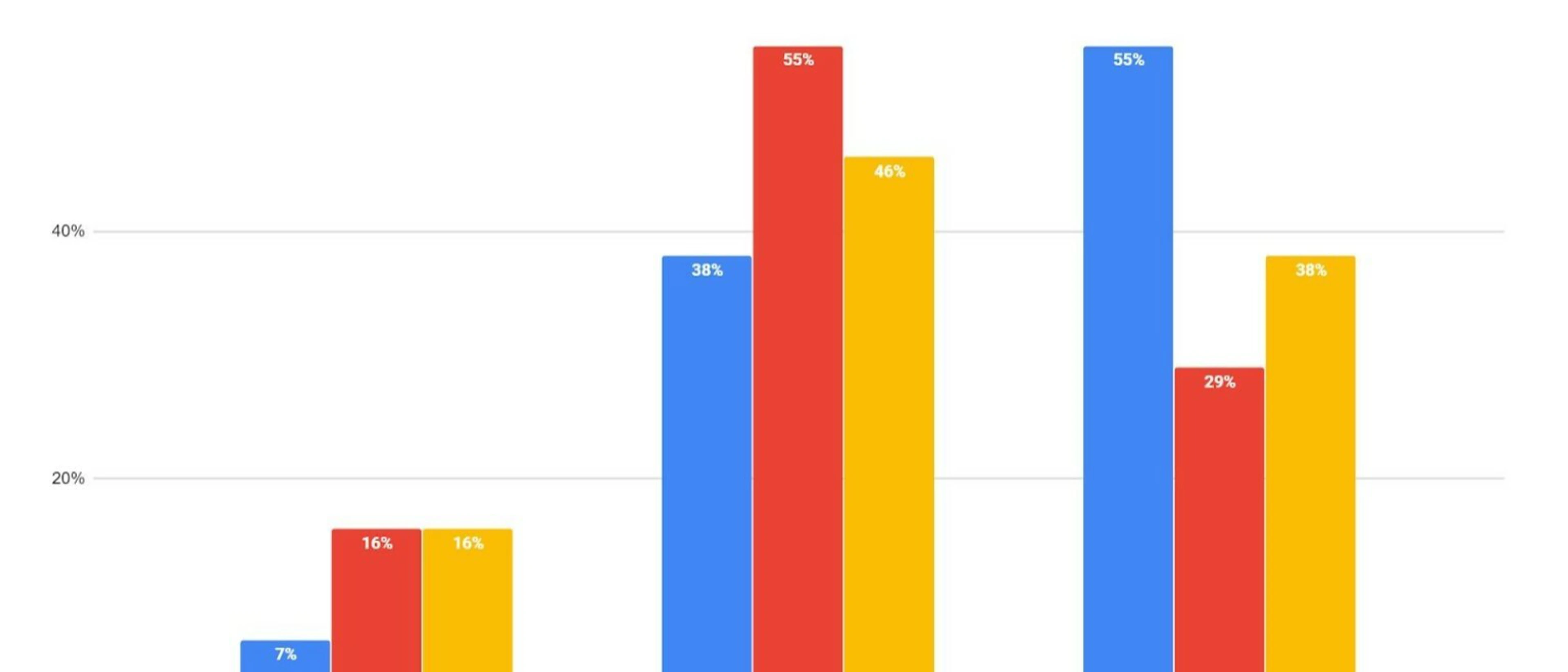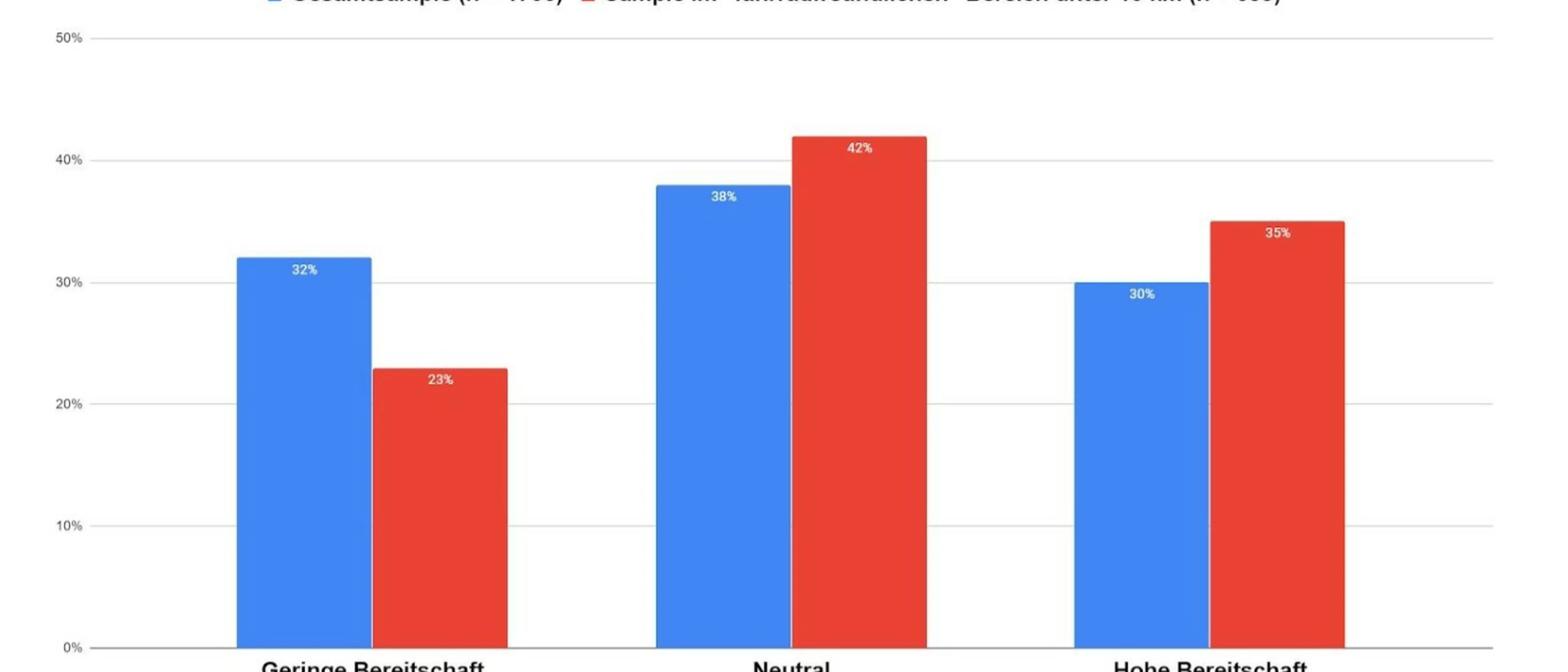
The format "citizen mobility" of the Digital Hub Mobility is a collaboration platform for the mobility of tomorrow. We bring together established companies, municipalities, start-ups and science to identify problems and to develop and test citizen-centred innovative solutions for urban mobility. Another important pillar of the implementation platform is the citizens and their ideas and problems. "Together we will design sustainable mobility for all in a city worth living in" is the mission that unites all participants and forms the basis for cooperation.
Within just under four months, between October 2019 and January 2020, three interdisciplinary teams developed approaches to various challenges of mobility. Active participation of various departments of the City of Munich (LHM) was the basis for a temporary transformation of the city into a "Living Lab".
Thus a team from the ADAC together with the Department for Work and Economy of the City of Munich, the design agency Designit as well as the start-up Upride dealt with the topic "Cycling to work all year long".

Figure 1: Relaxation of citizens depending on their choice of transportation means
The main potential motivators for cycling to work were time credit or bonuses paid by the employer. Better cycling infrastructure in public places followed in third place. According to the respondents, the biggest obstacles were bad weather, too much distance from the workplace, but also their own comfort. The infrastructure for cyclists, e.g. cycle paths, also found its place among the most frequently cited reasons why the bicycle is not used for commuting.
Interesting findings were obtained by evaluating the perceived "relaxed" feeling of the participants on their way to work, broken down by means of transport. For distances of less than ten kilometres, around 55 percent of cyclists perceive their way to work as "relaxed". Meanwhile, only 38 percent of car drivers and 29 percent of people using public transport feel that their journey to work (distances of less than ten kilometres) is "relaxed". The data thus show that commuting to work by bicycle in particular is classified as "relaxed". Only about seven percent of cyclists feel stressed, whereas 16 percent of people perceive their commuting to work by car and public transport as stressful (see Figure 1).

Figure 2: Overview of the willingness to cycle to work.
Almost 30 percent of those surveyed showed a high or very high willingness to switch to a bicycle. A similarly high percentage shows a low or very low willingness to cycle (32 percent). However, this rejection drops to 23 percent in the "bicycle-friendly" area (under ten kilometers). This shows that there is still much potential for cycling.
The bicycle must play a more important role in urban transport.
A participant of the "Winter Cycling" experiment
In addition to the quantitative analysis, the team carried out a four-week experiment in January/February 2020 under the motto "winter cycling" in cooperation with the bicycle rental company Swapfiets. Selected participants received an e-bike free of charge for this period. The aim was to better understand and dissolve habitual mobility behaviour on the way to work. The participants documented their chosen form of mobility for the way to work on a daily basis. A control group without an e-bike supplemented the experiment.
Five of the six participants with e-bikes had stated before the experiment that they "never or almost never" rode a bicycle in winter. During the four-week test period, the e-bikers changed their behaviour fundamentally: three participants used the e-bike at least three times a week and two at least once a week. Despite mild temperatures, the weather was considered the biggest obstacle. In addition to confirming that the bicycle infrastructure was another problem, the positive feedback outweighed the negative feedback. A further important finding was, that providing an e-bike could lower the inhibition threshold for regular use. "The bicycle must play a more important role in urban transport," said one participant at the end of the experiment, summarizing her experience. Another participant, who had previously used public transport to get to work, did not want to give his e-bike back at all at the end of the test period, as he had already got used to the daily ride to work.
The findings of the study on bicycle mobility and the "winter cycling" experiment show that both employees and employers can do their part to improve and change mobility. New ways are needed to question and change habitual mobility behaviour. Direct trial and error as well as offers that allow testing - if possible without hurdles - can be effective means of doing so. Based on the findings of the survey and the experiment, the citizen mobility team will develop impulses for the promotion of bicycles by employers.
Read more about "citizen mobility": “citizen mobility” – solving the problems of cities
How to make intersections safer: Avoiding accidents at intersections - Team "Safe Intersections"
Team "E-Kickscooter": Sharing services to improve daily mobility - Team "E-Kickscooter"
Contact: mobility@unternehmertum.de











